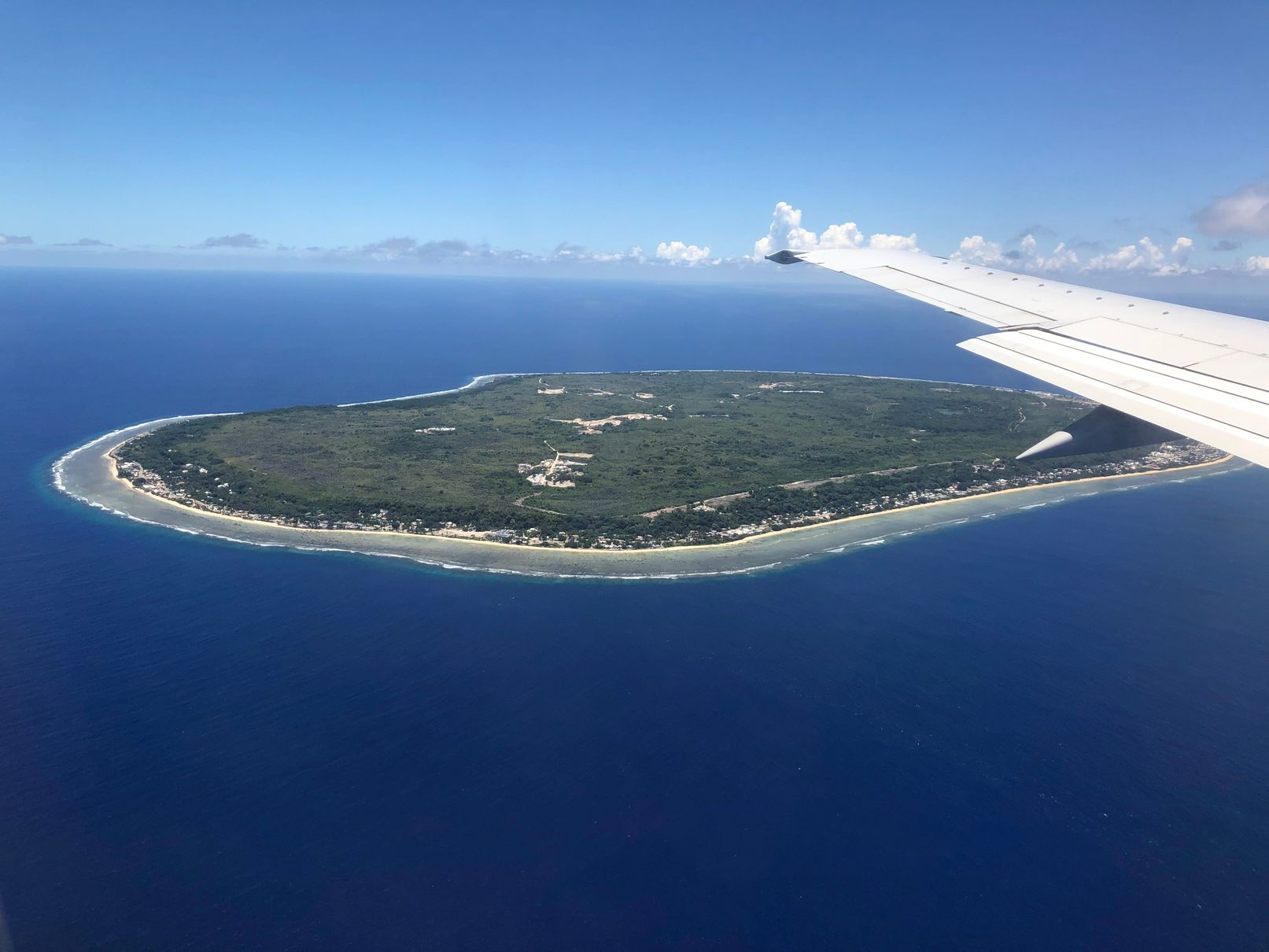Nauru, a small island nation in the southwestern Pacific Ocean, was once considered one of the richest countries in the world. With a booming phosphate industry, it enjoyed immense wealth, allowing its citizens to experience a standard of living that surpassed many developed nations.
However, this golden age was short-lived. Today, Nauru stands bankrupt, its economy shattered and its past wealth reduced to rusted remnants of luxury. This is the story of how a paradise of riches became a cautionary tale of economic downfall.
The Rise of Nauru: A Phosphate Goldmine
Nauru’s transformation from an obscure Pacific island to one of the wealthiest nations per capita began with a startling discovery in the early 20th century.
The British discovered that the island was rich in phosphate, a crucial component in fertilizers. This discovery turned Nauru into a sought-after resource hub, with the British, Australians, and New Zealanders exploiting its vast reserves.
Mining began in 1907, and over the years, vast amounts of phosphate were extracted and exported to countries worldwide. Even after gaining independence in 1968, the island continued to thrive as it took control of the phosphate industry. By the 1970s and 1980s, the country was flush with cash, its per capita income surpassing even oil-rich Arab nations.
This economic boom allowed Nauru to become what some described as the “ultimate welfare state.” The government provided free education, medical care, housing, and even transportation.
Essential services were fully subsidized, and Nauruans enjoyed an unparalleled quality of life. The government even paid for students to study abroad, covering tuition and living expenses in Australia.
Read : Man Who Murdered Wife at Turtle Island Resort During Honeymoon Jailed for Life
However, wealth was not evenly distributed among the citizens. While government-funded programs provided basic services for all, a few individuals reaped greater financial benefits. Luxury cars such as Lamborghinis, Ferraris, Cadillacs, and Land Rovers were imported, symbolizing the island’s opulence.
Read : List Of Top Ten Countries With Lowest Population
A famous anecdote recalls a police chief purchasing a Lamborghini, only to discover he could not fit inside. Stories of residents withdrawing pillowcases full of cash from the bank were not uncommon during this period.
The Downfall: Economic Mismanagement and Environmental Collapse
The prosperity the island once enjoyed was built on a fragile foundation. The phosphate reserves, though abundant, were not infinite. The country failed to diversify its economy, relying solely on phosphate mining for revenue. As phosphate extraction continued unchecked, the island’s reserves began to deplete, leading to a sharp decline in earnings.
In addition to economic mismanagement, extensive mining left the island environmentally devastated. The once lush island was transformed into a barren landscape, with over 80% of its land rendered uninhabitable. The ecological damage was so severe that reforestation and rehabilitation efforts became nearly impossible. The country had effectively mined away its future.

As phosphate reserves dwindled, the government attempted to invest in various ventures to maintain its wealth. Unfortunately, many of these investments were poorly planned and resulted in massive losses.
Nauru’s funds were squandered on failed real estate projects, including a disastrous investment in a luxury hotel in Melbourne, which never generated expected returns. Corruption and mismanagement further drained the nation’s wealth.
By the 1990s, the island was on the brink of financial collapse. With its main source of income exhausted, the government could no longer support its generous welfare programs. Essential services deteriorated, unemployment skyrocketed, and the island’s infrastructure crumbled. The extravagant lifestyle that once defined Nauru came to a screeching halt.
Nauru Today: A Struggle for Survival
Today, Nauru stands as a stark contrast to its former glory. The abandoned luxury cars that once symbolized wealth now rust on roadsides, serving as haunting reminders of the island’s past riches. A 2024 visit by YouTuber Ruhi Çenet documented the island’s decline, showing how Nauruans struggle to survive in a post-phosphate economy.
With no significant industry to sustain itself, Nauru has turned to alternative means of revenue. One of the most controversial has been its role in hosting Australian offshore detention centers for asylum seekers.

The Australian government has paid Nauru millions to house migrants on the island, but this arrangement has been heavily criticized for human rights violations. While it provides temporary financial relief, it is not a sustainable economic model.
Nauru has also attempted to revive its economy by exploring new industries such as offshore banking and selling passports. However, many of these efforts have faced international scrutiny, further limiting the country’s economic prospects.
Despite its struggles, Nauruans remain resilient. The government continues to seek ways to rebuild the economy, and there are efforts to restore parts of the environment. However, the road to recovery remains uncertain. The rise and fall of Nauru serve as a powerful lesson in economic sustainability and the dangers of over-reliance on a single resource.
While the island may never regain its former wealth, its story remains a cautionary tale for other nations. Nauru, once the richest island in the world, now stands as a testament to the fleeting nature of economic prosperity when not managed wisely.
let’s enjoy few years on earth with peace and happiness….✍🏼🙏

